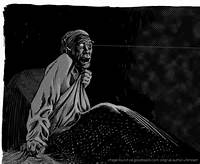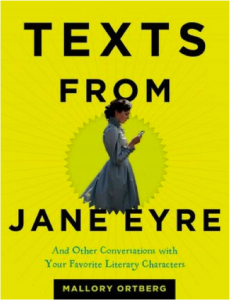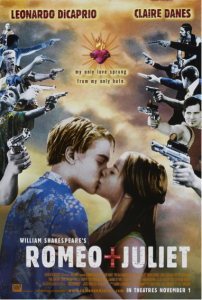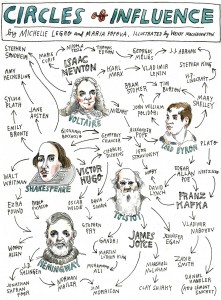 When approaching a potential short story of interest, I often find myself searching for seemingly inconsequential characters, for those who doubt their place in the world and view themselves, and the world, with disinterested apathy. I search for those stories which cast an even darker shadow upon their protagonist; stories of societal or personal unrest which take the character into the realm of psychological disturbance and turmoil, only to leave the reader with a distant feeling of unease as the final pages bring the story to a shuddering halt. I like to see the character perched on the edge of destruction, only to reel back as if in the eleventh hour. It is not this dreary nature, however, that I find enticing. Rather, it is the journey the protagonist embarks on, the constant search for internal and external peace that draws me in. I find that while their lives begin to unwind, and they attempt to piece it back together, very human attributes begin to appear. “The Tell-Tale Heart” by Edgar Allan Poe checks all these boxes off for me. Poe introduces us to a nameless character—we do not know his purpose, we do not know his relationship to the old man with the “Evil Eye,” we know nothing of him except that he is simply nervous. “Very, very dreadfully nervous” to be precise. The man asserts his sanity, creating an ambiguity surrounding the man’s moral and mental character as he plots the old man’s murder outside of his door each night.
When approaching a potential short story of interest, I often find myself searching for seemingly inconsequential characters, for those who doubt their place in the world and view themselves, and the world, with disinterested apathy. I search for those stories which cast an even darker shadow upon their protagonist; stories of societal or personal unrest which take the character into the realm of psychological disturbance and turmoil, only to leave the reader with a distant feeling of unease as the final pages bring the story to a shuddering halt. I like to see the character perched on the edge of destruction, only to reel back as if in the eleventh hour. It is not this dreary nature, however, that I find enticing. Rather, it is the journey the protagonist embarks on, the constant search for internal and external peace that draws me in. I find that while their lives begin to unwind, and they attempt to piece it back together, very human attributes begin to appear. “The Tell-Tale Heart” by Edgar Allan Poe checks all these boxes off for me. Poe introduces us to a nameless character—we do not know his purpose, we do not know his relationship to the old man with the “Evil Eye,” we know nothing of him except that he is simply nervous. “Very, very dreadfully nervous” to be precise. The man asserts his sanity, creating an ambiguity surrounding the man’s moral and mental character as he plots the old man’s murder outside of his door each night.
 Stories like this dwell in that certain gray area that permeates life, entering neither into territories of good or bad, sweet or evil, and perhaps, begin to reveal truths about us, and how, we too, exist neither wholly innocent or guilty. The protagonist kills the vulture-eyed man, not of malice, but rather to liberate himself–and the old man–from that malevolent eye. To the protagonist, murder is an act of deliverance.
Stories like this dwell in that certain gray area that permeates life, entering neither into territories of good or bad, sweet or evil, and perhaps, begin to reveal truths about us, and how, we too, exist neither wholly innocent or guilty. The protagonist kills the vulture-eyed man, not of malice, but rather to liberate himself–and the old man–from that malevolent eye. To the protagonist, murder is an act of deliverance.
I also enjoy a loud protagonist, one who, while unsure of their role in a life unraveling, fight their way upstream, refusing to be trumped with ease. That battle between laying belly up for the antagonists, even if it is themselves, and fighting for who and what they are, separates the ordinary from the spectacular for me. The man in “The Tell-Tale Heart” struggles for his nebulous grip on reality, reasserting his sanity as his paranoia heightens with each invisible whisper of the old man’s still-beating heart that grows into a resounding insistence that he is guilty. My favorite characters find their end bloodied and bruised with busted knuckles and a raw throat, having fought for their existence—whether mentally or physically—until they either expire or succeed. I like to read of characters who live, characters who have experienced the breadth of human emotion, the variance of life. This window into a tumultuous mind that settles itself on actions of violence justified by the superstitions of a madman soon overcome with the guilt of murder draws an image of what it is like to be fully human, which, I suppose, is what I am looking for when I read. I like novels to remind me that humanity is neither perfect nor entirely flawed, but rather, something that perpetuates itself in gray areas. I wish to read about stories and people who extrapolate the complicated nature of life and humanity; I find such stories in the unlikeliest of heroes in the most onerous of places, in those who must fight for what they want, and who persist until their last breaths. The answers in this life are not simple. I do not wish to read of characters who think it so.





